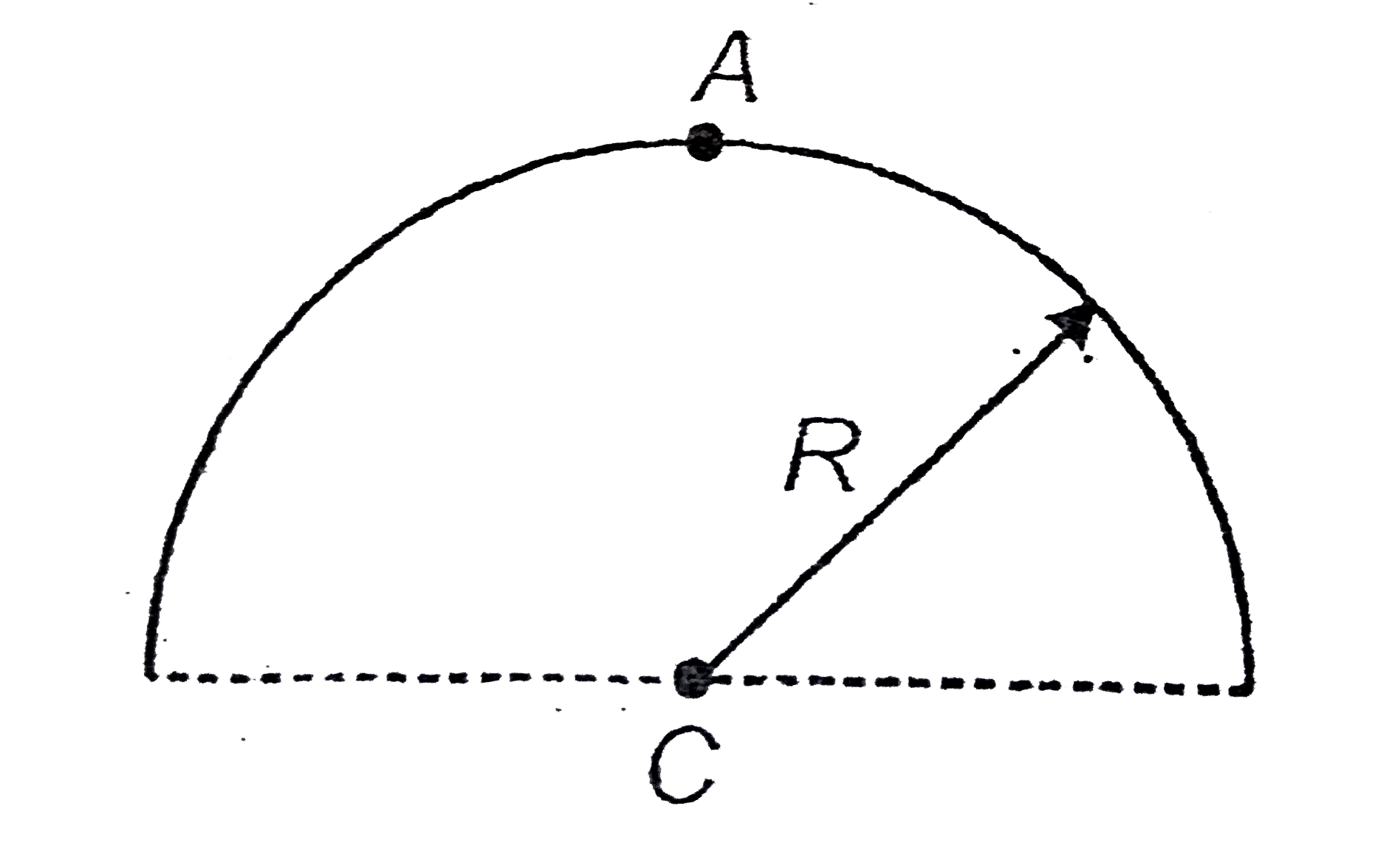The M.I. of a ring of mass M and radius R about a tangential axis perpendicular to its plane is :
2MR2
MR2
3/2MR2
3/4MR2
The correct Answer is:A
To find the moment of inertia (M.I.) of a ring of mass M and radius R about a tangential axis perpendicular to its plane, we can follow these steps:
1. Identify the Moment of Inertia about the Center:
The moment of inertia of a ring about an axis perpendicular to its plane and passing through its center is given by the formula:
IC=MR2
where M is the mass of the ring and R is its radius.
2. Apply the Parallel Axis Theorem:
To find the moment of inertia about a tangential axis, we can use the Parallel Axis Theorem. This theorem states that if you know the moment of inertia about a parallel axis through the center of mass, you can find the moment of inertia about any parallel axis by adding the product of the mass and the square of the distance between the two axes.
The formula for the Parallel Axis Theorem is:
IT=IC+Md2
where d is the distance between the center of mass axis and the new axis (the tangential axis in this case).
3. Determine the Distance d:
For a ring, the distance d from the center of the ring to the tangential axis is equal to the radius R of the ring. Thus, we have:
d=R
4. Substitute Values into the Parallel Axis Theorem:
Now we can substitute the values into the equation:
IT=IC+MR2
Substituting IC=MR2:
IT=MR2+MR2
IT=2MR2
5. Final Result:
Therefore, the moment of inertia of the ring about the tangential axis perpendicular to its plane is:
IT=2MR2
The moment of inertia of a ring about an axis perpendicular to its plane and passing through its center is given by the formula:
IC=MR2
where M is the mass of the ring and R is its radius.
To find the moment of inertia about a tangential axis, we can use the Parallel Axis Theorem. This theorem states that if you know the moment of inertia about a parallel axis through the center of mass, you can find the moment of inertia about any parallel axis by adding the product of the mass and the square of the distance between the two axes.
The formula for the Parallel Axis Theorem is:
IT=IC+Md2
where d is the distance between the center of mass axis and the new axis (the tangential axis in this case).
For a ring, the distance d from the center of the ring to the tangential axis is equal to the radius R of the ring. Thus, we have:
d=R
Now we can substitute the values into the equation:
IT=IC+MR2
Substituting IC=MR2:
IT=MR2+MR2
IT=2MR2
Therefore, the moment of inertia of the ring about the tangential axis perpendicular to its plane is:
IT=2MR2
Similar Questions
The moment of inertia of a uniform circular ring, having a mass M and a radius R, about an axis tangential to the ring and perpendicular to its plane, is
View SolutionMoment of inertia of a half ring of mass m and radius R about an axis passing through point A perpendicular to the plane of the paper is IA. If IC is the moment of inertia of the ring about an axis perpendicular to the plane of paper and passing through point C, then

View Solution
Knowledge Check
The M.I. of a thin ring of mass M and radius R about an axis through the diameter in its plane will be:
A12MR2B32MR2CMR2D2MR2Moment of inertia of a thin circular plate of mass M, radius R about an axis passing through its diameter is I. The moment of inertia of a circular ring of mass M, radius R about an axis perpendicular to its plane and passing through its centre is
A2IBI2C4IDI4The M.I. of a solid sphere of mass 'M' and radius 'R' about a tangent in its plane is
A25MR2B75MR2C23MR2D53MR2
The ratio of the radii of gyration of a circular disc and a circular ring of the same radii about a tangential axis perpendicular to plane of disc or ring is
View SolutionThe ratio of the radii of gyration of a circular disc and a circular ring of the same radii about a tangential axis perpendicular to plane of disc or ring is
View SolutionThe ratio of the radii of gyration of a circular disc and a circular ring of the same radii about a tangential axis perpendicular to plane of disc or ring is
View SolutionThe M.I. of a uniform semicircular disc of mass M and radius R about a line perpendicular to the plane of the disc and passing through the centre is
View SolutionA thin circular ring of mass m and radius R is rotating about its axis perpendicular to the plane of the ring with a constant angular velocity ω. Two point particleseach of mass M are attached gently to the opposite end of a diameter of the ring. The ring now rotates, with an angular velocityω2. Then the ratiomM is
View Solution